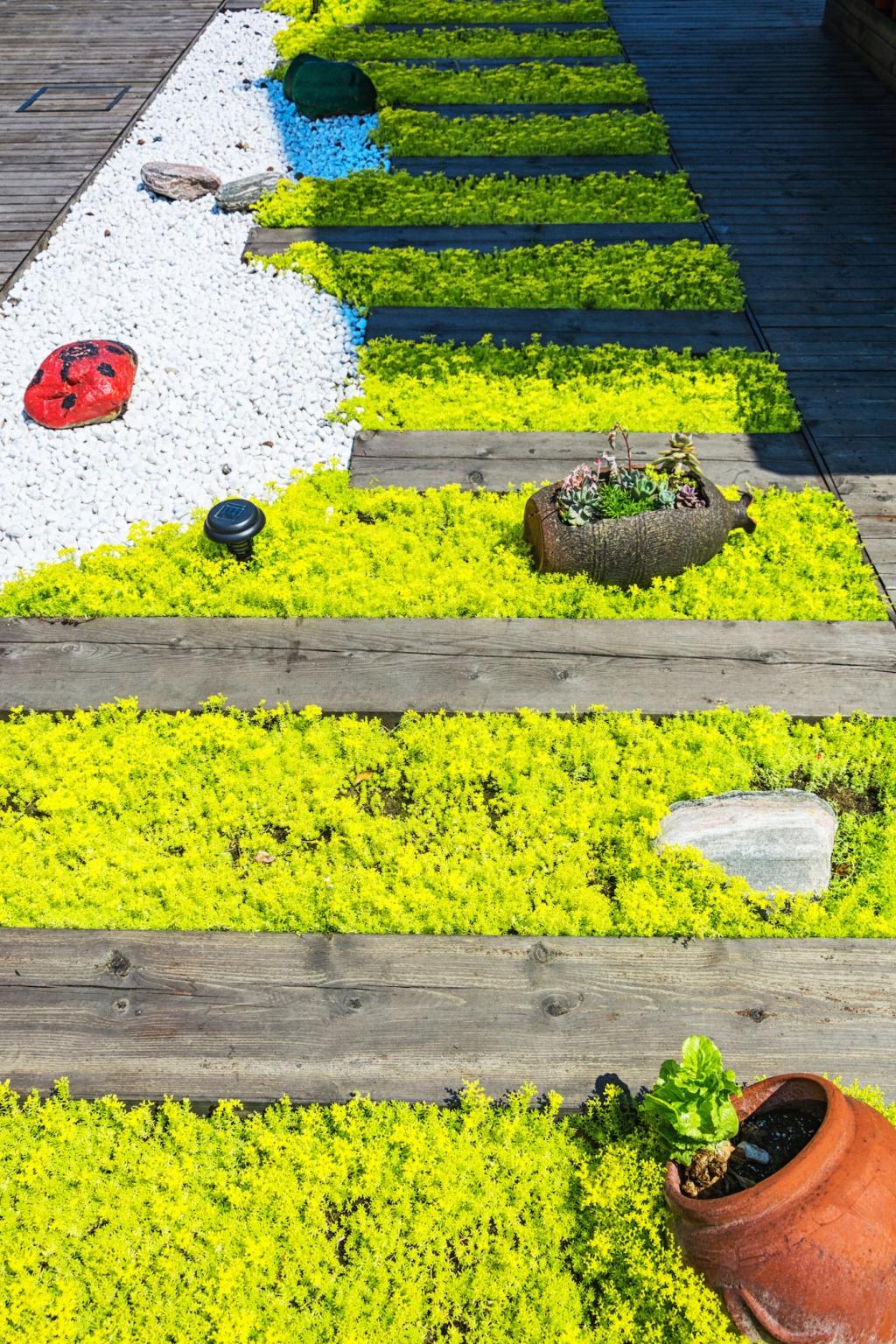Pile Designs That Fit Your Crew
Long, narrow piles are easy to turn with a loader, handle large volumes, and scale with your business. Leave aisle space for equipment, and turn when temperatures plateau or odors creep in.
Pile Designs That Fit Your Crew
Perforated pipe and small blowers reduce manual turning while speeding decomposition. These low-profile systems are discreet, perfect behind shops, and neighbor-friendly when covered and managed for airflow and moisture balance.
Pile Designs That Fit Your Crew
Modular bins showcase your expertise to homeowners and HOA boards. Use them to teach best practices, display maturing compost stages, and build trust that your maintenance plans are genuinely regenerative.
Pile Designs That Fit Your Crew
Lorem ipsum dolor sit amet, consectetur adipiscing elit. Ut elit tellus, luctus nec ullamcorper mattis, pulvinar dapibus leo.







